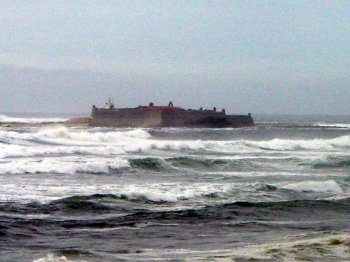Explore the best places
Heritage in Portugal
Igreja de São João Baptista / Igreja Matriz de Ponte da Barca
- heritage
Rua Trás do Forno
4980-623, Ponte da Barca
Constructed between 1717 and 1738 this building possesses a façade topped by a relief with the Christ Baptism, work from the 17th century. On the interior there are many lateral chapels and one can stand out the carving diversity, since the so called national style from 1727 until the “rocaille”, and also the glazed tiles coverage within the “carpet” type.

Aldeia de Piódão
- heritage
Largo Cónego Manuel Fernandes Nogueira
6285, Piódão
Classified, since 1978, as a Property of Public Interest, the village of Piódão is located in the vicinity of Montes Hermínios and is one of the oldest villages in the country, with the uniqueness of its cluster, surrounded by an extensive mantle of green. The origin of the village was due to the need for concentration and settlement of the shepherds who lived in the vicinity. Its landscape and architectural set is remarkable (schist being the main material used in construction). Due to its difficult access, the village is known for the escape of known criminals. The parish's four chapels …

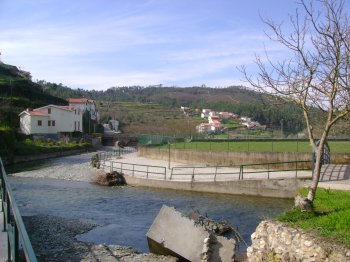
Mosteiro de São Pedro / Mosteiro de Folques
- heritage
Folques
3300, Folques
Former convent of the Crúzios friars, it probably dates back to 1162, having undergone several reforms over the centuries, the last being in the last quarter of the 20th century. Sixteenth-century cloister on two floors that has undergone several changes, with emphasis on the Manueline elements in the part facing east.
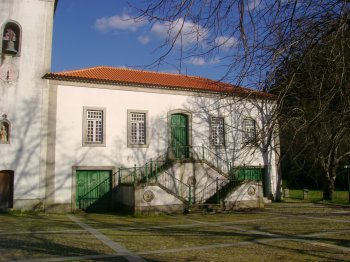
Museu Regional de Arqueologia e Etnografia de Arganil
- heritage
Avenida das Forças Armadas
3300-011, Arganil
The Regional Museum of Archeology and Ethnography of Arganil includes the assets from the Roman military camp at Lomba do Canha (2nd century, Republic period) and dolmens 1 and 2 of Moinhos de Vento, Lomba do Canha, Arganil.
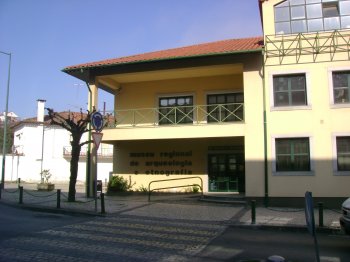
Capela de São Pedro
- heritage
Rua Comendador Saúl Brandão - EN342-4
3300, Arganil
Granite temple dating from the 13th century (transition period from Romanesque to Gothic). The interior has three identical naves and apsidal chapels.
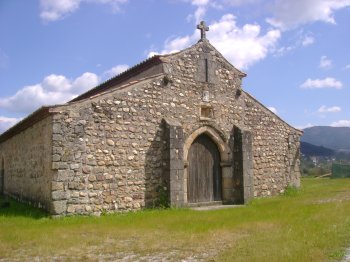
Mosteiro de São João D'Arga
- heritage
Arga de Baixo
4910-035, Arga de Baixo
Situated in the Serra De Arga, presents this monastery dedicated to St. John the Baptist. Currently the only Chapel opens to hikers on feast days.
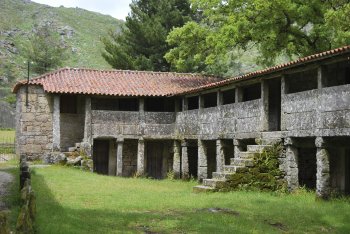
Museu Municipal de Caminha
- heritage
Travessa do Tribunal
4910-164, Caminha
An archaeology museum that features valuabel finds of several archaeological sites of the parish, and represents a time range that goes from pre-history to the roman days. It has a room devoted to pre-history and others devoted to the "castreja" culture (the days of the Celts). The museum also has plenty of archaological material that may be studied by interested searchers. It has also an ethnographic collection related to fishing, agriculture, linen and regional clothes, as well as a valuable collection of religious art.
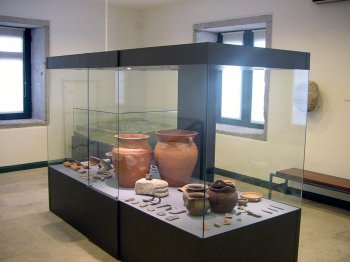
Igreja Matriz de Caminha / Igreja de Nossa Senhora da Assunção
- heritage
Largo da Matriz
4910-155, Caminha
This temple with gothic origins was built in granite. The façade presents a renaissance doorway crowned by a rose window and it is sided by a tower. On the interior it is possible to observe glazed tiles from the 17th century, altarpieces in gold carving in national style and two neo – manueline confessionals.
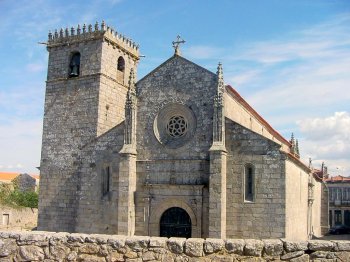
Forte da Ínsua
- heritage
Ínsua de Santo Isidro - Rua Foz do Minho
4910-180, Cristelo
The Ínsua Fort is situated on a rocky islet and has a form of irregular polygon. Within the walls there is a small chapel which features the primitive Romanesque temple moth. On the terraces you can see some artillery pieces of brass on iron carts.
